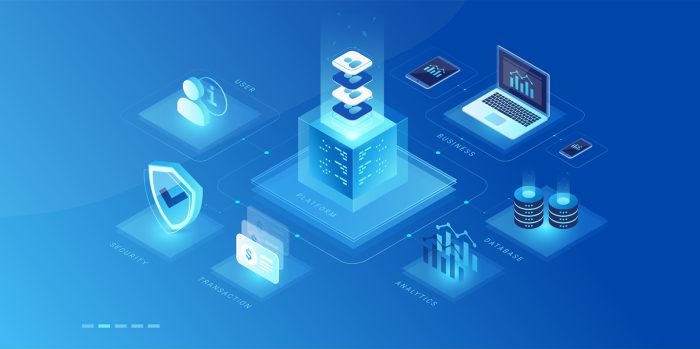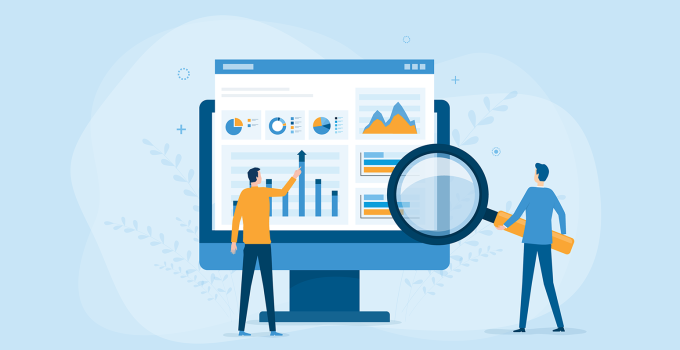Data observability is a relatively new term that has been gaining traction in the world of big data and analytics. But what does it mean, and why does it matter? In this article, we will explore those questions and give the guide to data observability. We will start by defining and discussing its benefits. Then, we will look at some of the key features of data observability platforms. Finally, we will examine some use cases for data observability and discuss why it is important for businesses today.
What Is Data Observability And Its Benefits
Data observability is the practice of tracking and monitoring data as it flows through a system. By understanding how data moves and changes over time, businesses can identify issues and optimize their systems. There are many benefits to data observability, including improved system performance, reduced downtime, and better decision-making.
In addition, data observability can help to ensure compliance with regulations and policies. By monitoring data flow, businesses can detect unauthorized access or changes, preventing sensitive information from falling into the wrong hands. Overall, it is a powerful tool that can provide numerous benefits to businesses of all sizes.
How Does It Differ From Traditional Data Management

Source: informed.com
Data observability is a relatively new concept that is gaining popularity in the world of data management. Unlike traditional data management practices, which focus on storing and manipulating data, data observability focuses on understanding and monitoring the flow of data within an system. This allows for a more complete picture of how data is being used and accessed, as well as any potential issues that may arise.
Data observability can be used to improve performance, identify potential security risks, and even diagnose problems with the underlying data infrastructure. As more organizations begin to adopt this approach, it is likely that data observability will become a standard part of the data management toolkit.
What Factors Led To The Rise Of Data Observability
In today’s business landscape, data observability has become increasingly important. This is due to a number of factors, including the rise of big data, the need for real-time insights, and the increasing complexity of IT environments. Big data has created a need for tools that can help organizations make sense of large amounts of data.
In addition, the need for real-time insights has led to a demand for tools that can provide visibility into live data streams. Finally, the increasing complexity of IT environments has made it difficult for administrators to troubleshoot issues without specialized tools. As a result, data observability has become an essential part of modern business operations.
Potential Risks Associated With Data Observability
While data observability can be a valuable tool for businesses, there are also some potential risks that should be considered. One of the most important risks is the potential for data breaches. If sensitive data is not properly secured, it could be accessed by unauthorized individuals. This could lead to serious consequences, such as identity theft or financial fraud.
Additionally, businesses should know that data observability needs to be handled correctly. If sensitive customer information is mishandled, businesses could face fines or other penalties. As a result, businesses should carefully do research on data observability to ensure it will benefit the company’s data operations.
How Will Data Observability Continue To Evolve Over Time

Source: webflow.com
As more and more businesses move their operations online, it is becoming increasingly important to have a clear understanding of the data that is being generated. By collecting data from all aspects of a system, it is possible to gain insights into how the system is functioning and identify potential problems.
This approach is already being used by a number of major companies, and it is expected to become even more important in the future. As data observability tools continue to evolve, they will become even more powerful and comprehensive. This will allow businesses to gain an even deeper understanding of their data and use it to improve their operations.
Final Thoughts
Data observability is a relatively new concept that is gaining popularity in the world of data management. Unlike traditional data management practices, which focus on storing and manipulating data, data observability focuses on understanding and monitoring the flow of data within an system. This allows for a more complete picture of how data is being used and accessed, as well as any potential issues that may arise. With this guide to data observability, you should have a better understanding on how it works.




